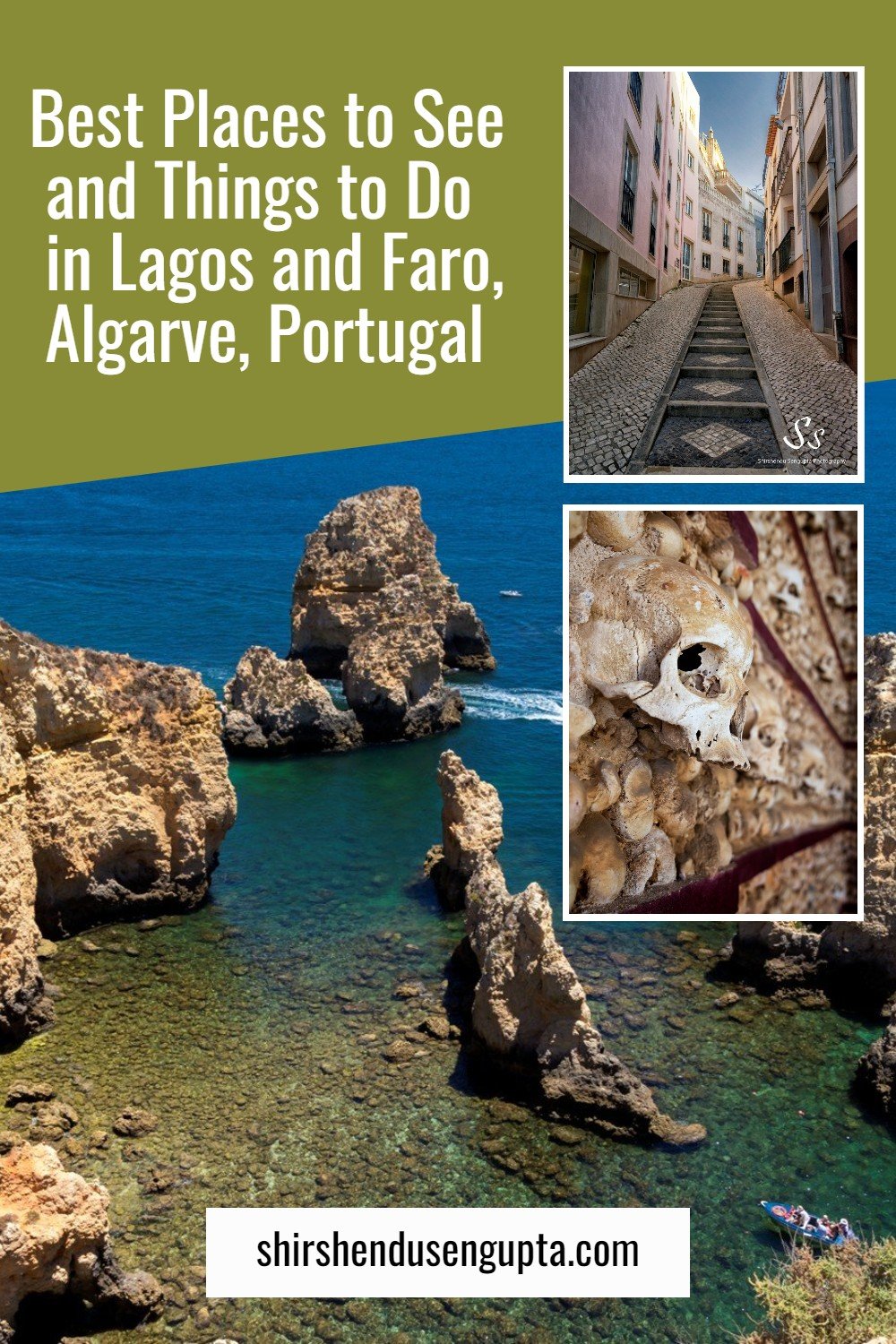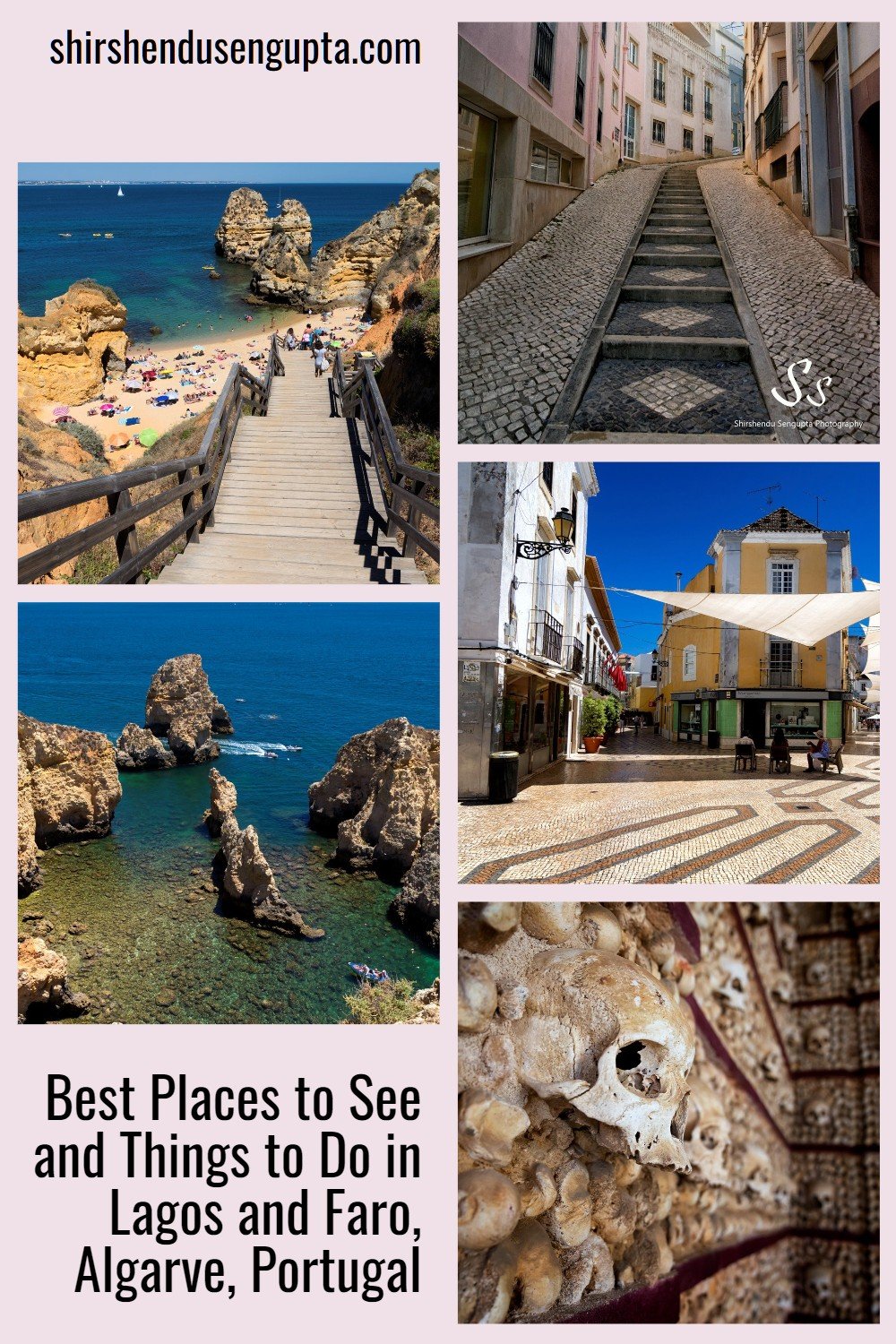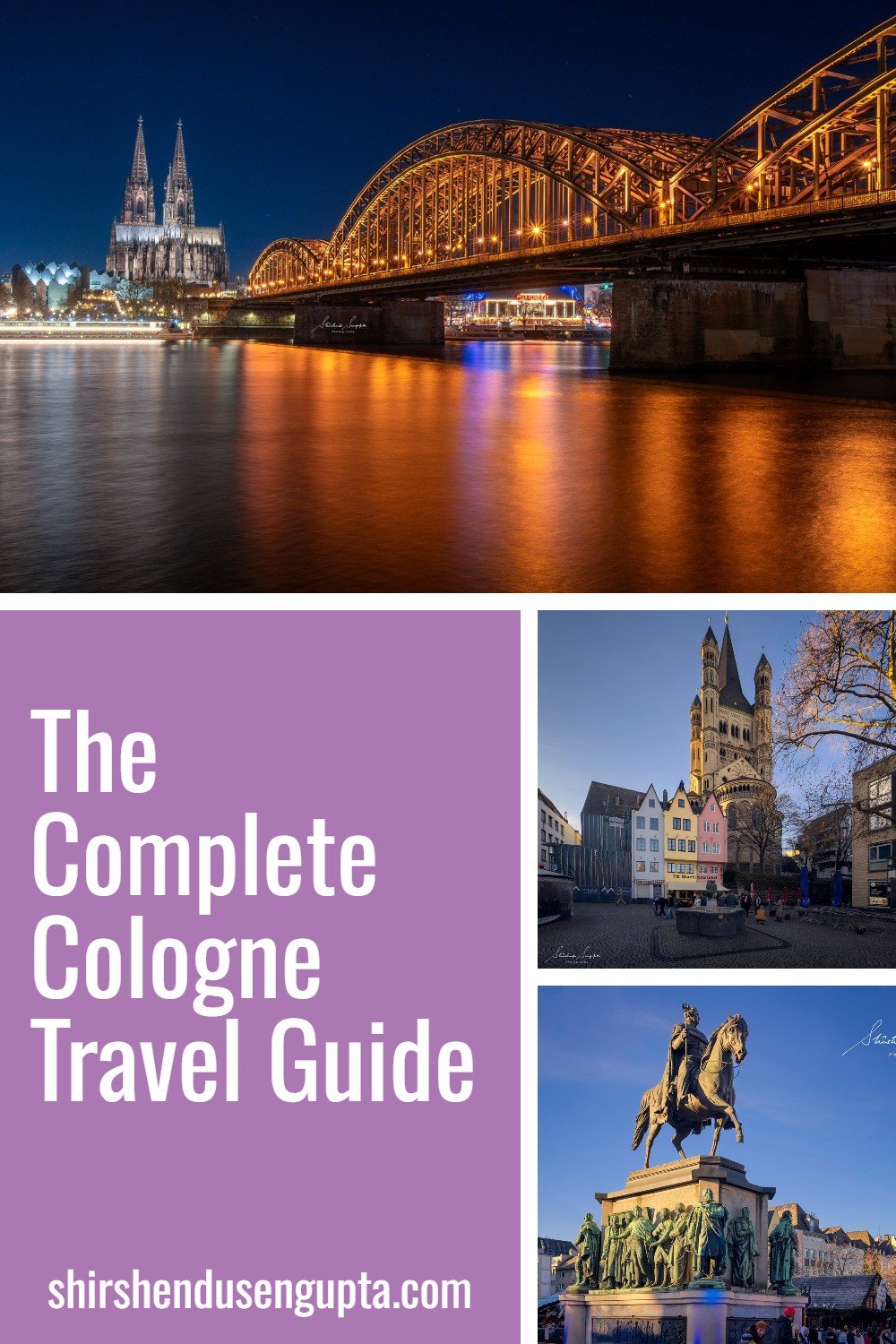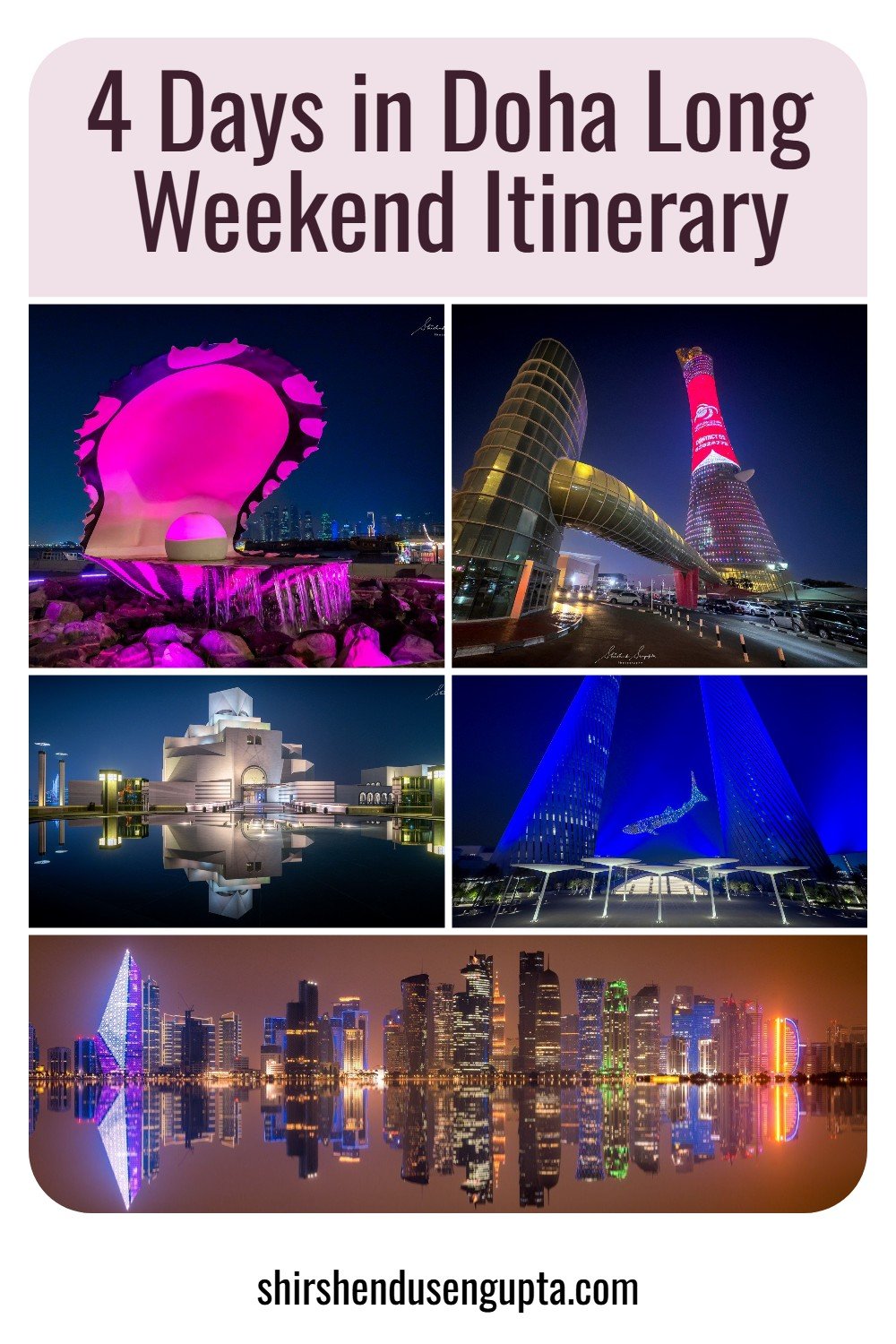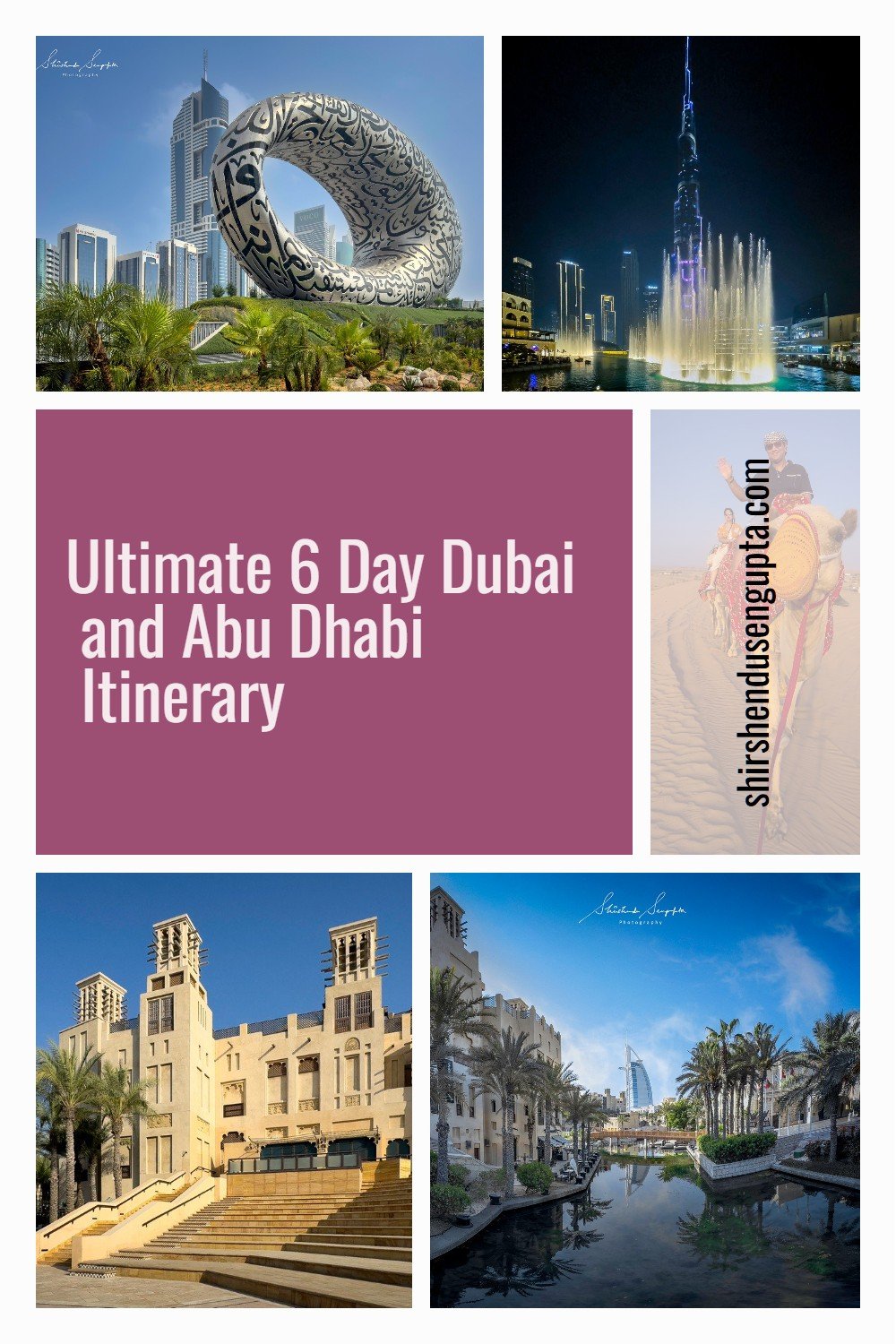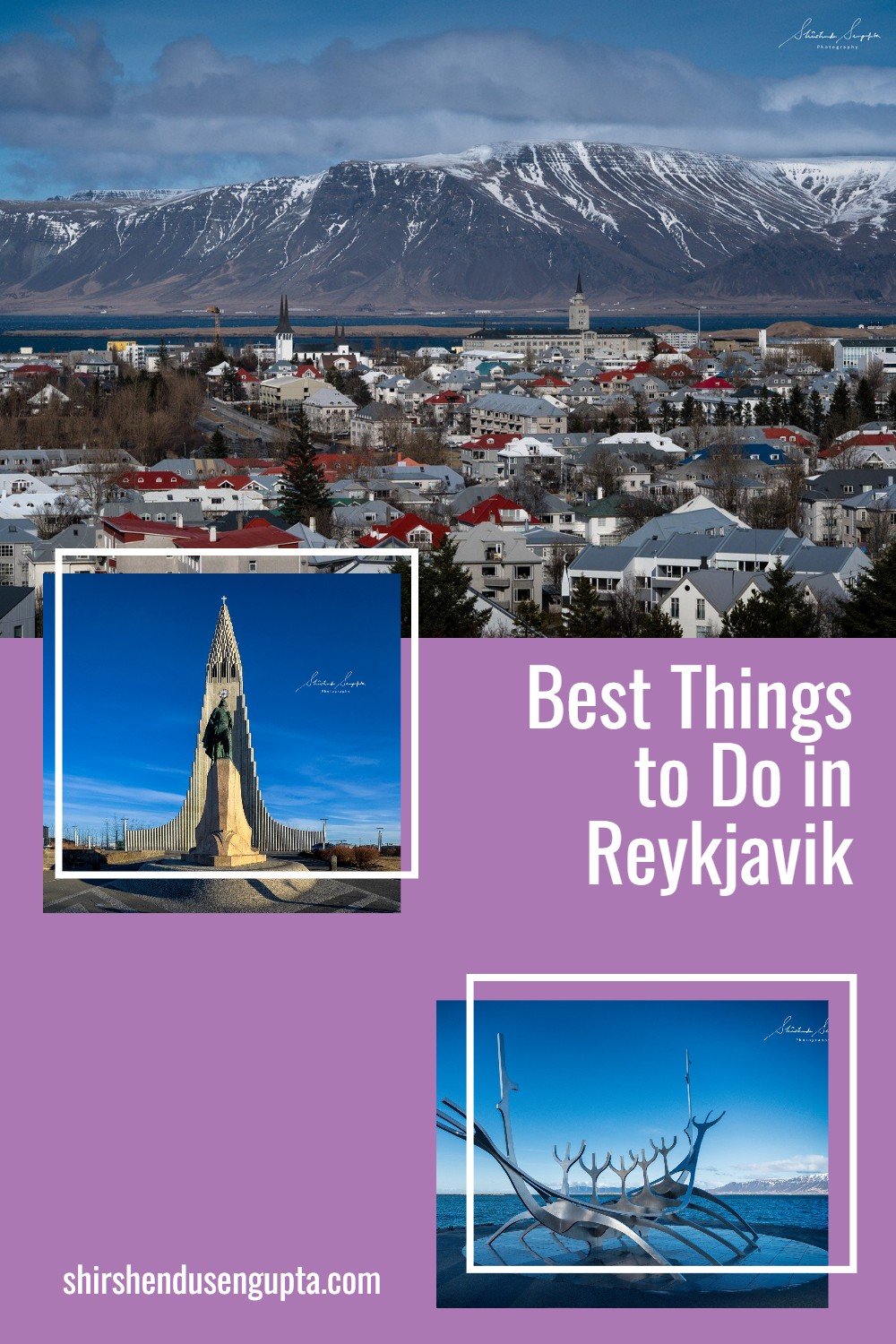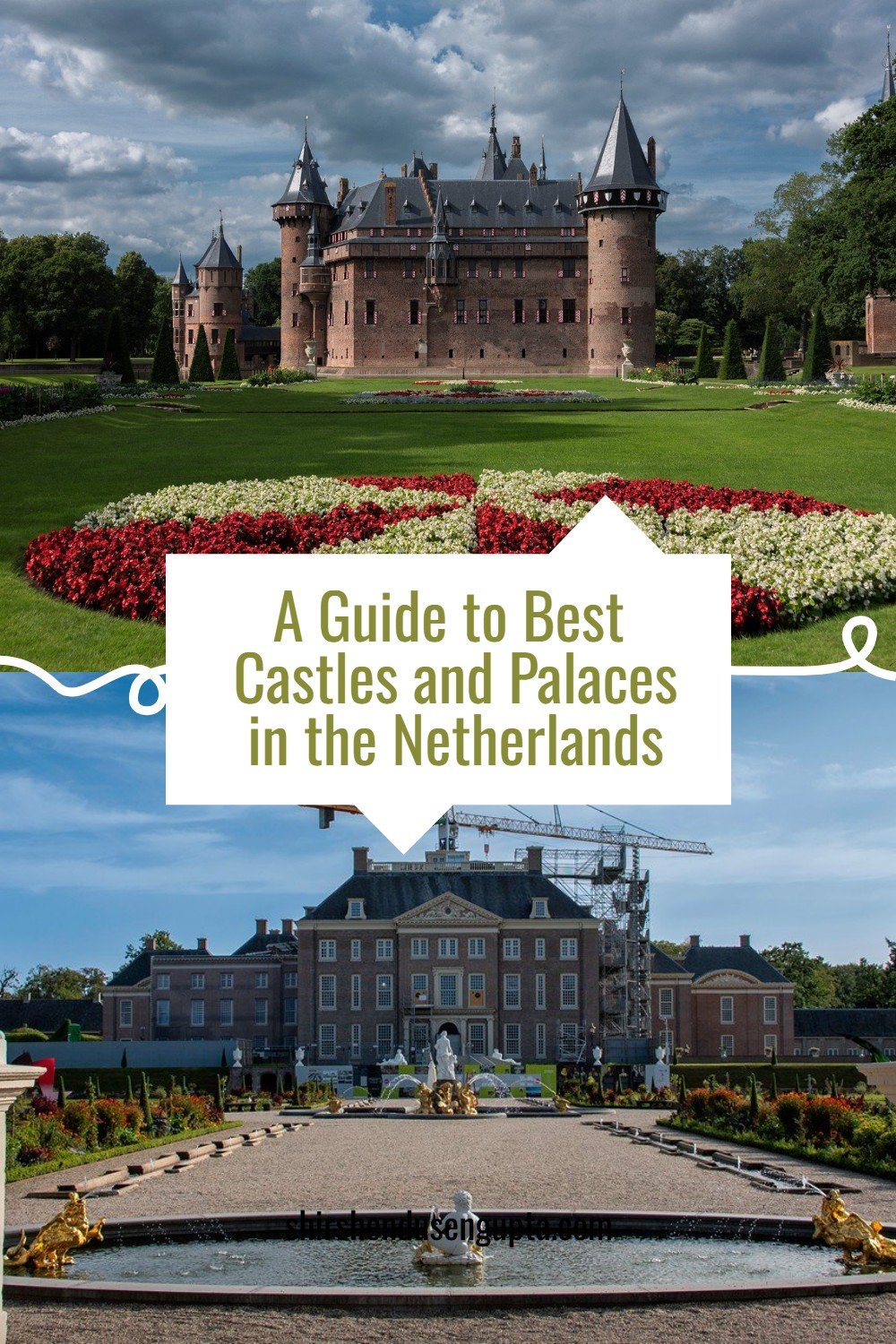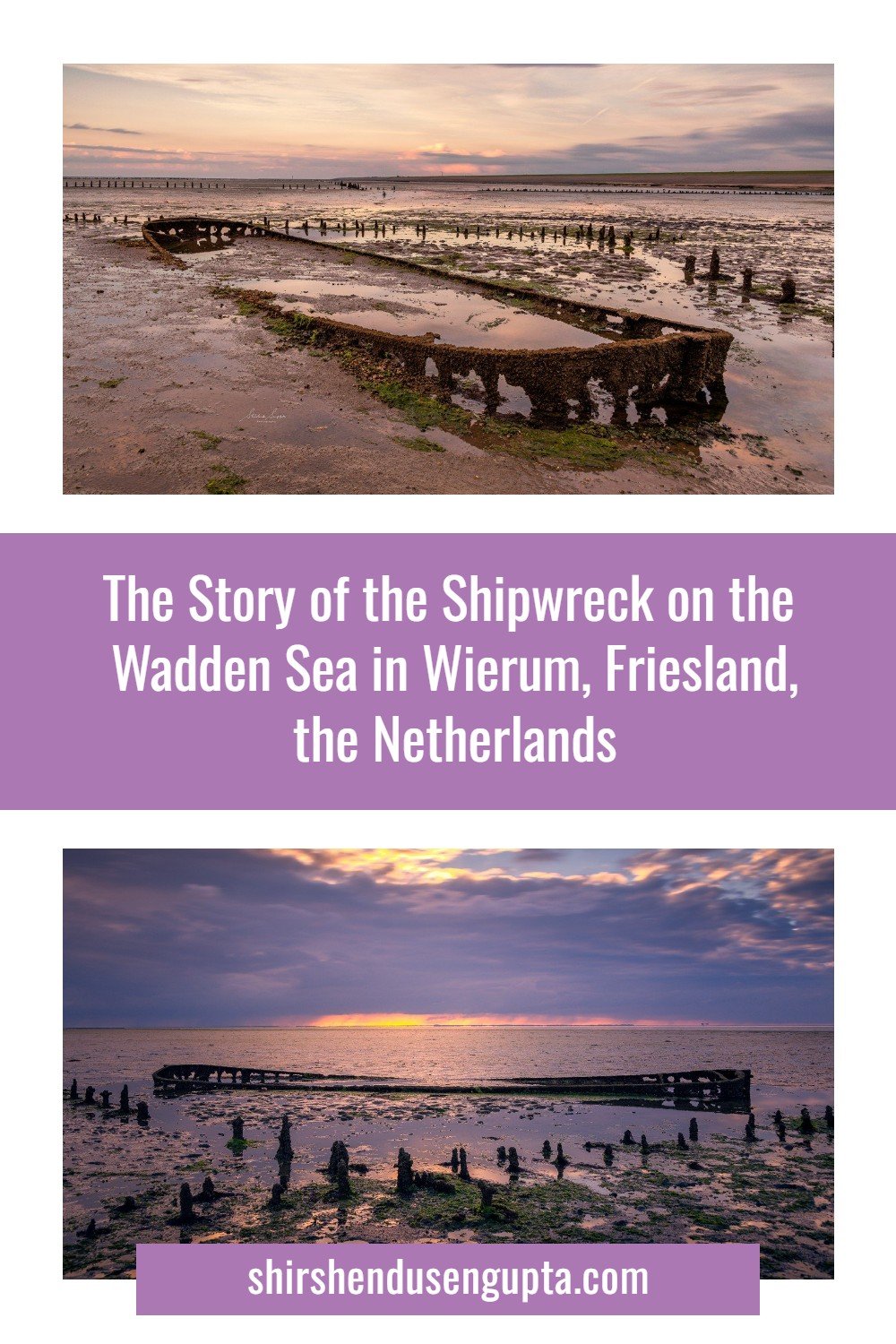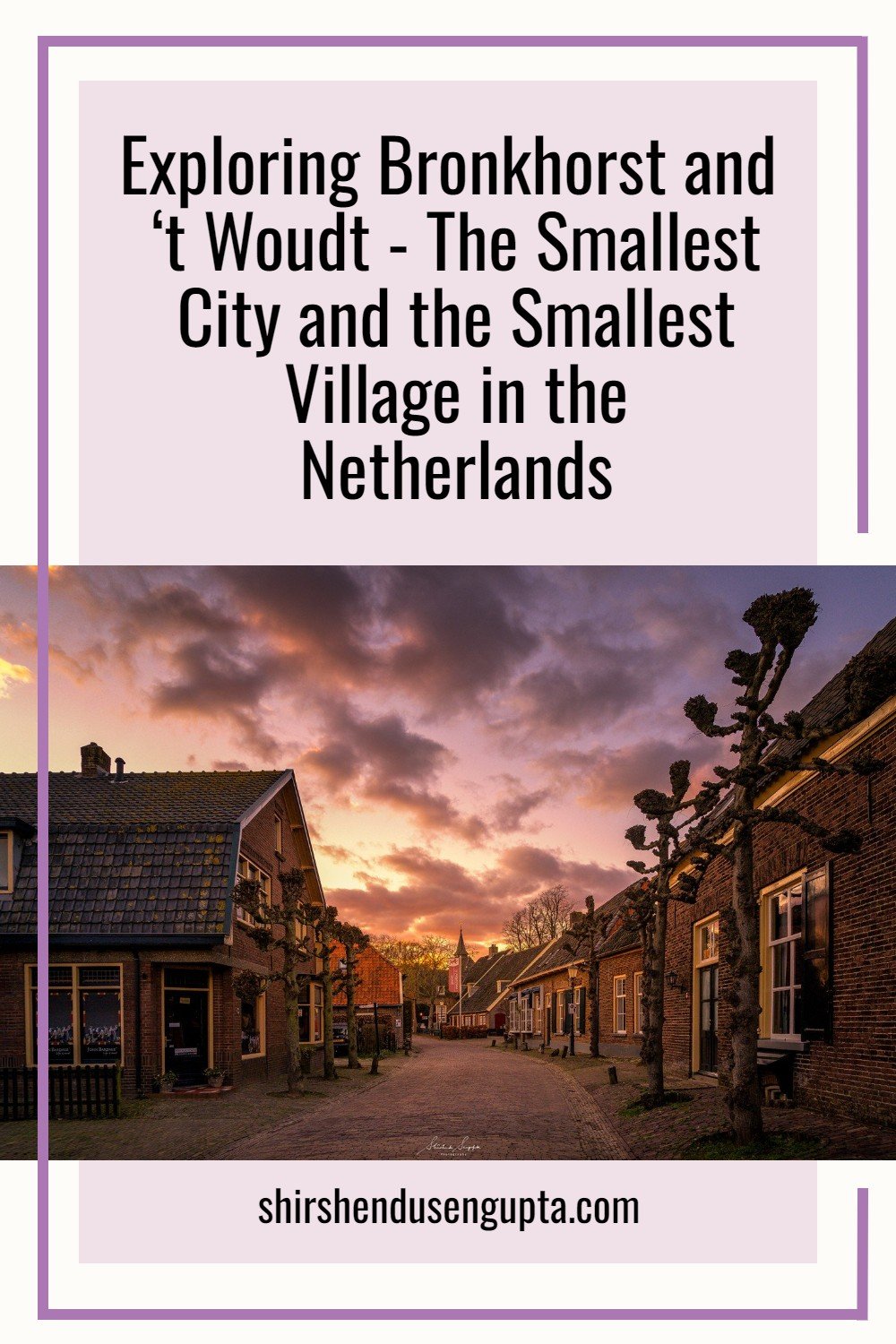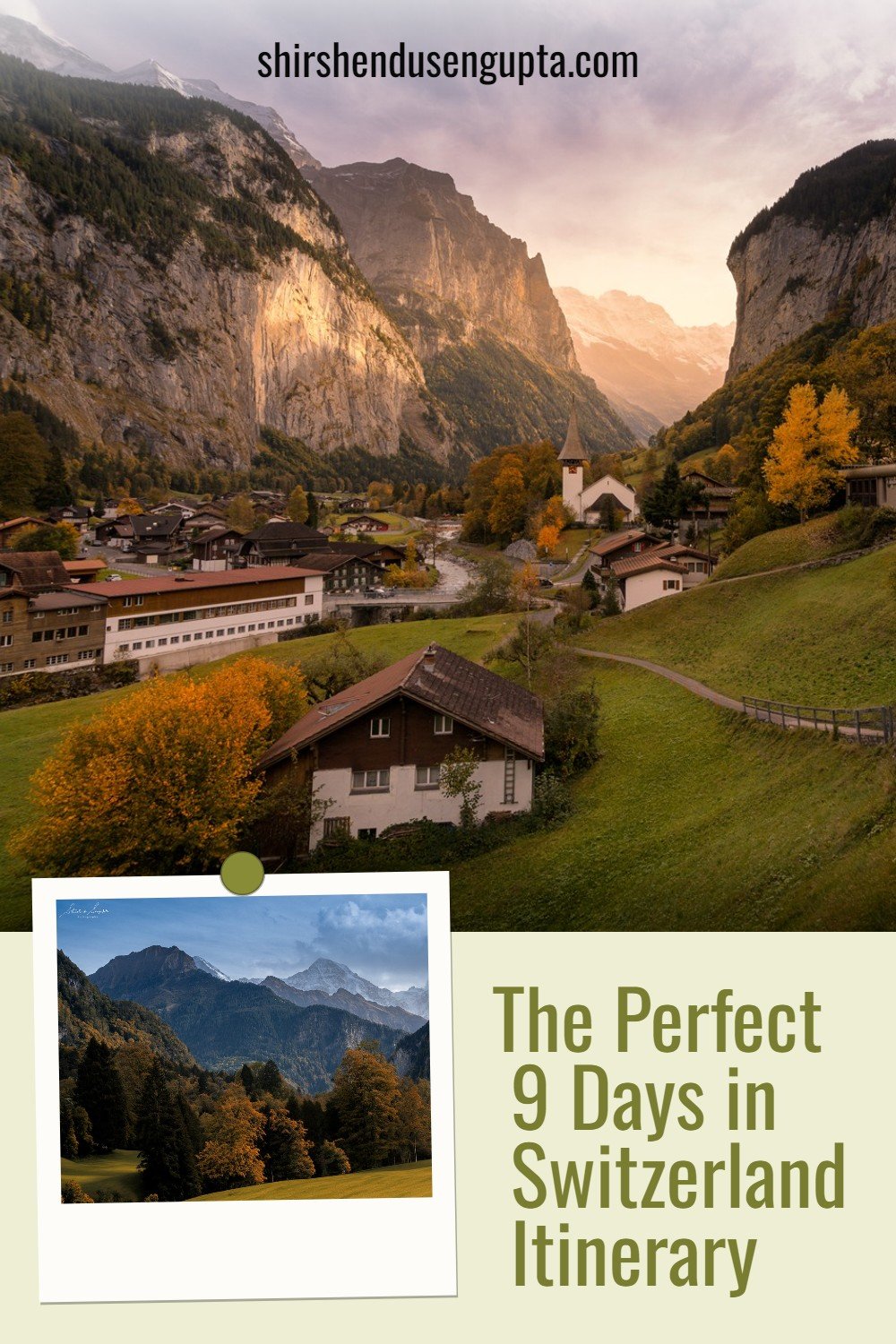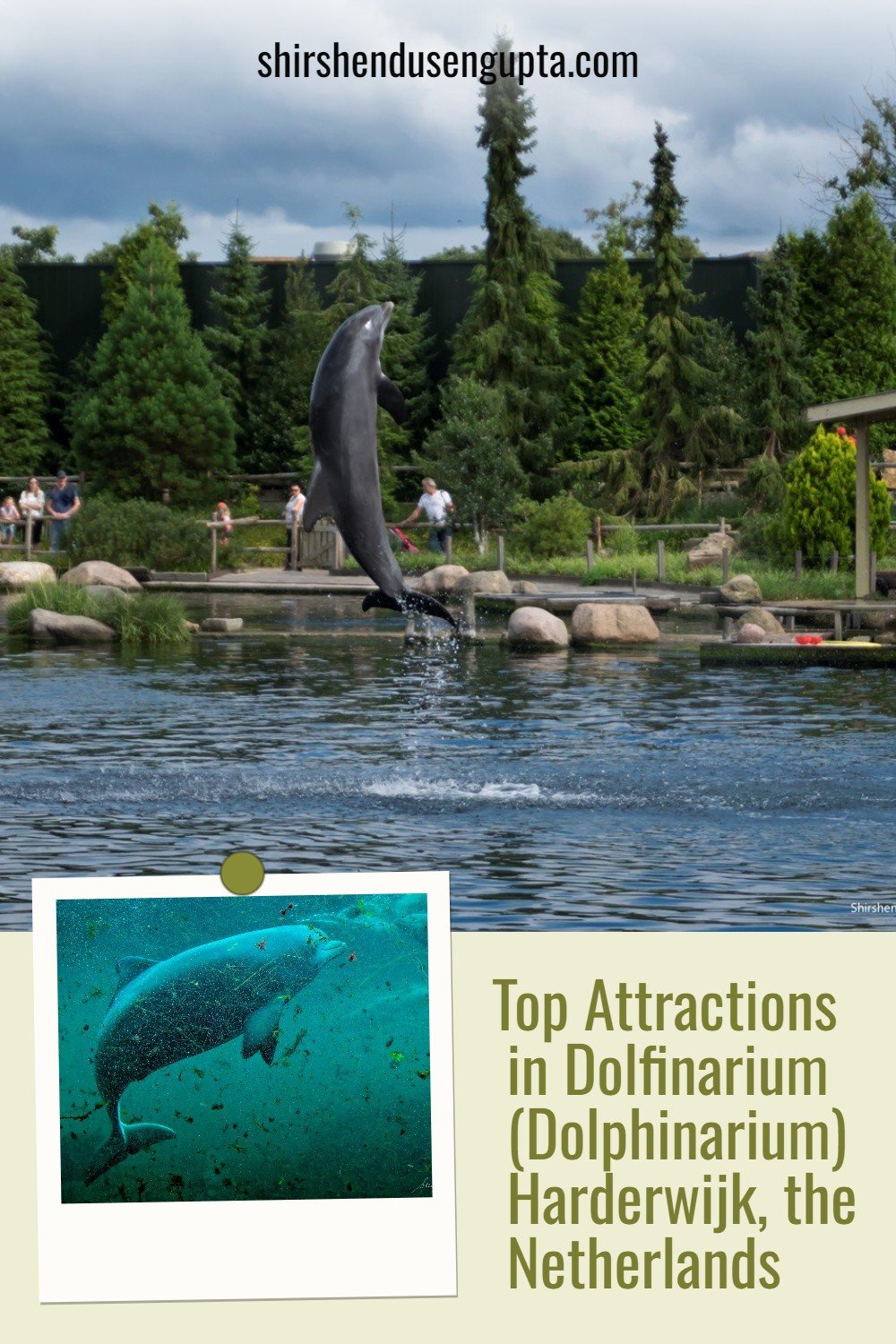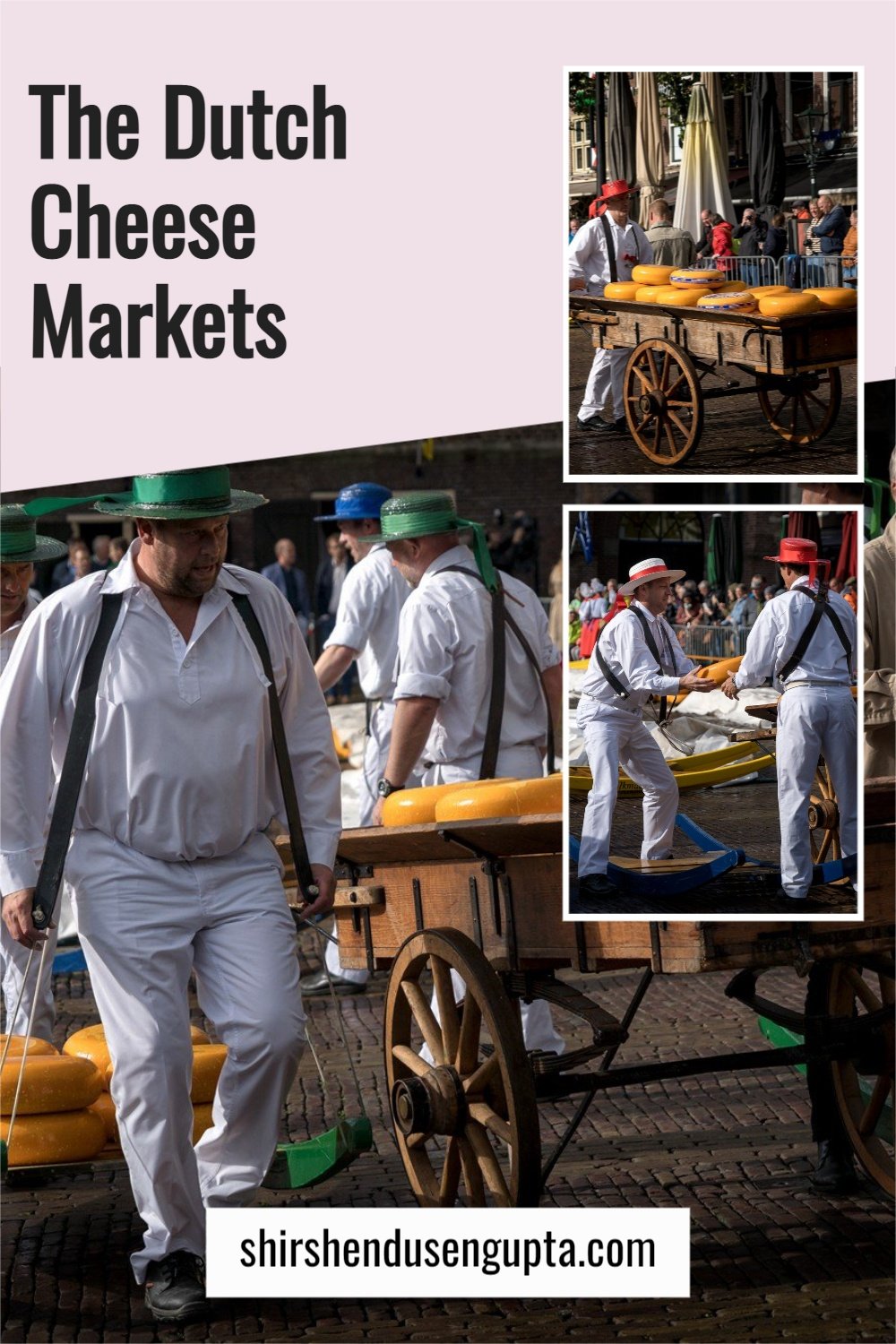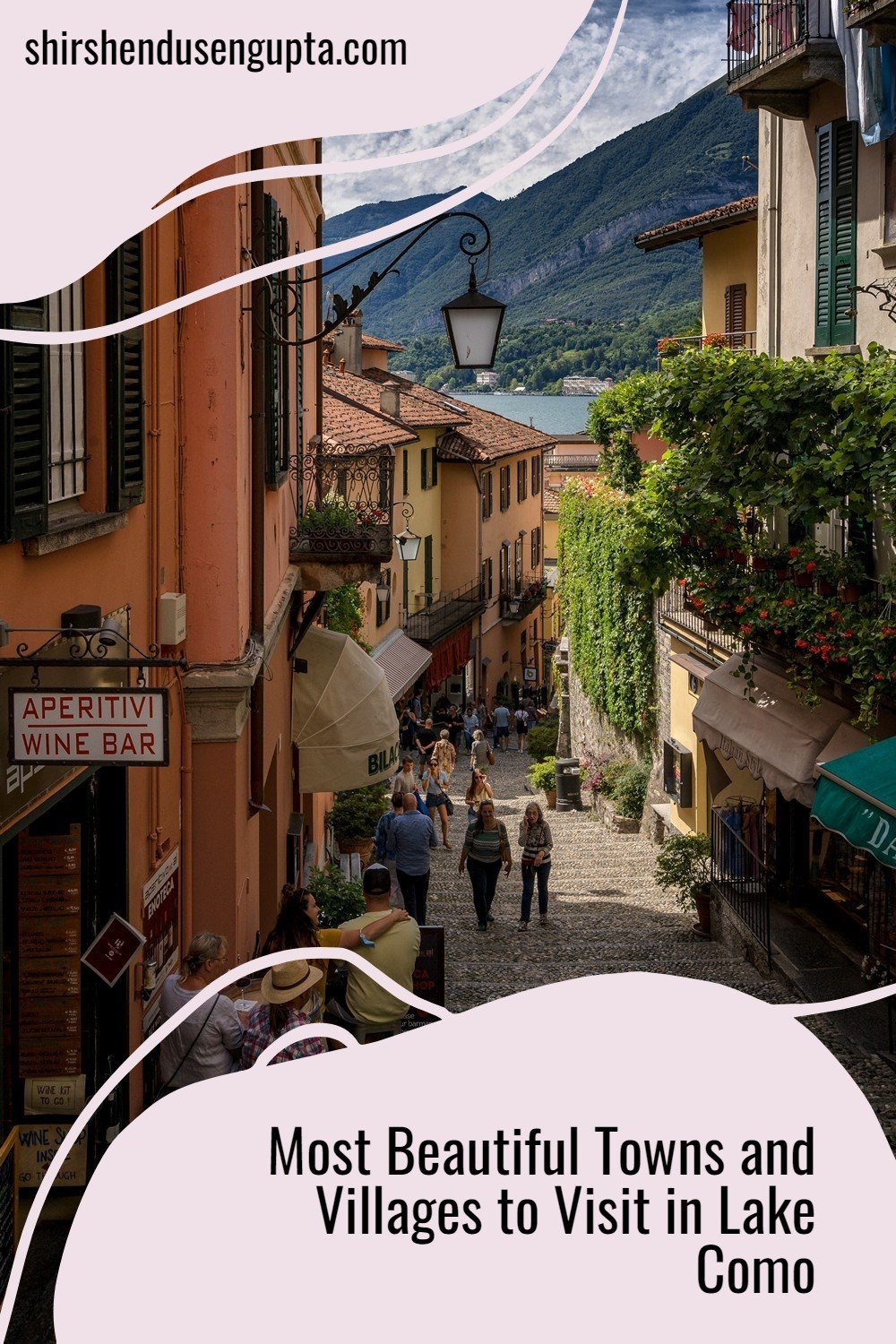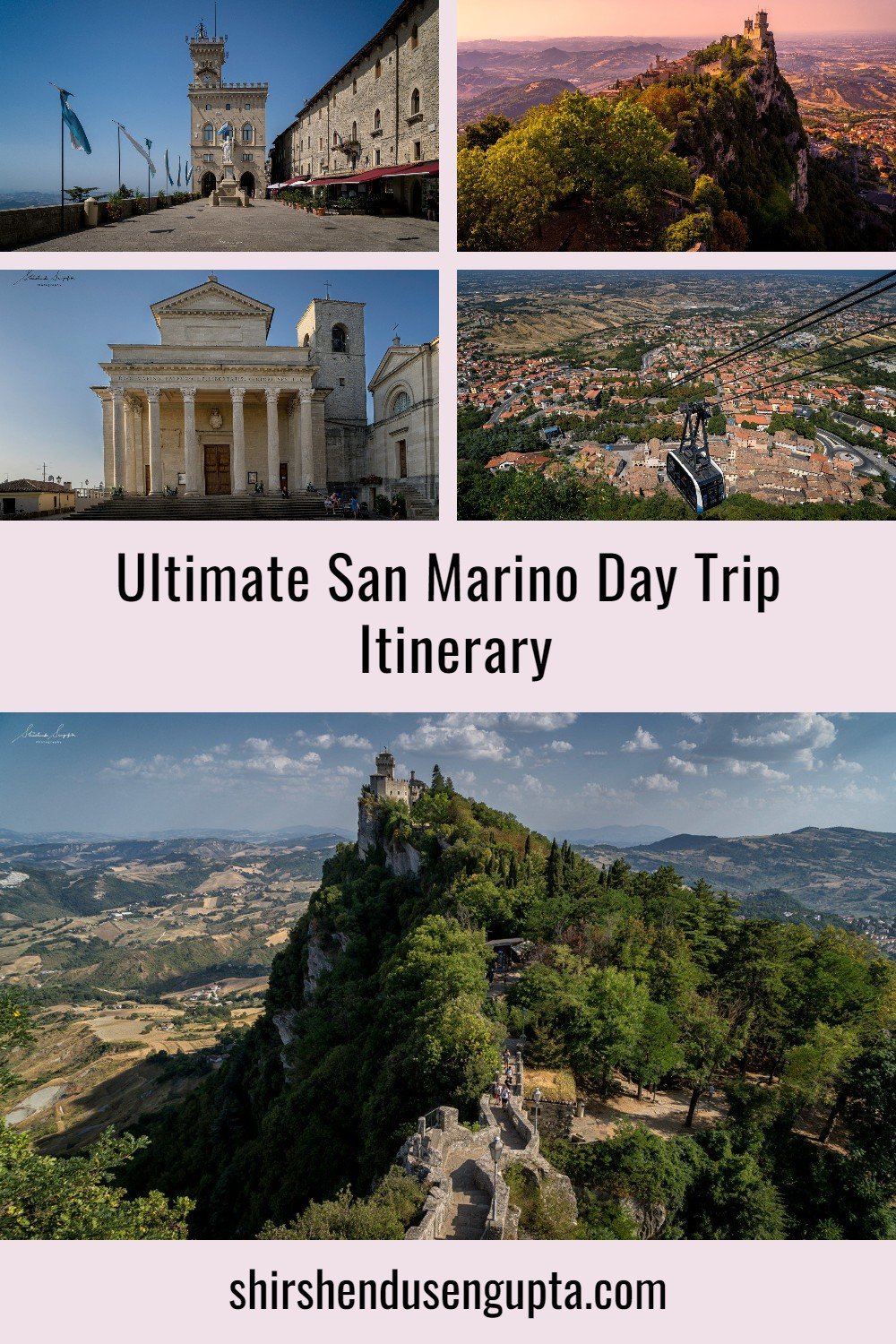22 Best Sights, Tourist Attractions, Places to See, and Things to Do in Lagos and Faro, Algarve, Portugal
Olá Portugal
Situated at the southwestern tip of the Iberian Peninsula, Portugal marks the ‘End of Europe.’ This is where the explorers set off on their expeditions to seek the unknown during the period of European history known as ‘The Age of Discoveries.’ Once a global superpower with a large empire extending from Brazil to Africa all the way to the far east, Portugal has centuries of history and culture carved into its grand monuments and ground between its salty cobblestones. Intriguing chronicles, idyllic medieval towns, bewitching countryside, saliva-dripping grilled seafood, and most importantly the best beaches in the world with awe-inspiring rock formations rising from the cobalt blue crystal clear waters of the Atlantic - that fairly summarizes though doesn’t quite describe the unsurpassed beauty of Portugal.
Welcome to Algarve
The Algarve, Portugal's southernmost coast, is renowned for its jaw-dropping cliffs, golden sands, scalloped bays, and sandy islands. But the Algarve's narrative doesn't finish with "sun, surf, and sand"; there are plenty of other attractions, including activities, beach bars (and discos), sand castles, diving, entertainment, and fun. Portugal's top vacation spot sold its soul to tourism in the 1960s when it turned the whitewashed fishing villages perched on low cliffs overlooking sandy coves into vast conglomerations that ranged from uninspiring vacation homes to brash resorts that now line the country's central coast between Lagos and Faro. In addition to all of these, the picturesque inner Algarve features charming castle towns and medieval villages, hillside vegetation with cork trees and flowers, birds, and the fantastic Via Algarviana hiking route that cuts across its length.
About Lagos
Lagos, a vibrant and ancient city, is located on the stunning western Algarve coastline. Lagos is a popular tourist destination because of its beautiful beaches, exciting nightlife, and picturesque historic core that has maintained its old-world charm. The Lagos region is home to a wide variety of attractions, making the city a perfect vacation spot for travelers seeking more than just beautiful beaches and warm weather. Lagos is a great base for exploring the entire western Algarve, and there are lots of fun day trips that are many of them easily reachable by public transit. Lagos masterfully combines stunning beaches, traditional Portuguese culture, and top-notch tourist amenities. Lagos has a charming medieval city that is encircled by old Moorish walls and looks out into a lovely harbor estuary. There is a wide variety of eateries in the city center, and there are also many different types of taverns and clubs open late into the night. Numerous attractions, from zoos and waterparks to historical sites and strenuous hiking paths, can be found close to Lagos.
About Faro
Faro, the Algarve's regional capital, is a historically and culturally rich city that is encircled by a pristine 60 km stretch of lagoons, natural dunes, and breathtaking beaches. Faro has a long and rich history that dates back to the 8th century BC. Throughout the ages, a variety of cultures have left their marks here, including the Phoenicians, Romans, Visigoths, and Moors. Even though Faro boasts fascinating tourist attractions, most tourists tend to skip it in favor of more well-known resort towns like Lagos and Albufeira.
22 Best Things to See and Do in Lagos and Faro
1. Visit Ponta da Piedade, Lagos
The tremendous seas that pummelled the coastline have eroded and molded many of the towering cliffs and extensive sandy beaches that make up the western Algarve. Situated in Lagos, the Ponta da Piedade is regarded as the best natural feature along this intriguing coastline, with the cliffs of the headland cut into rock pillars, natural caves, and secret grottos. The vivid turquoise and green hues of the ocean waters contrast sharply with these golden sandstone cliffs of odd angles, and the area is best described as breathtaking.
2. Take the Ponta da Piedade Grotto (Cave) Tour, Lagos
There is never much of a view of the Ponta da Piedade from the top or bottom of the cliffs. Although there are coastal pathways that traverse the cliffs, taking a boat excursion through the maze of unusual rock formations and sea caves is the finest way to experience the Ponta da Piedade promontory. Tickets can be purchased from the ticket sellers on the estuary promenade. There are many tour companies that offer boat journeys to the Ponta da Piedade, and the bulk leave from the marina in Lagos.
Kissing Rock
Kissing Rock
Rock cave with a hole in its ceiling
Rock cave with a hole in its ceiling
Rock cave with a hole in its ceiling
Rock cave with a hole in its ceiling
Sun rays coming through the hole at the ceiling lighting up the emerald green water inside the cave
3. Marvel at Praia do Camilo (Camilo Beach), Lagos
The beach of Camilo is Lagos' (if not one of the Algarve's) most famous beach and is arguably one of the most stunning beaches in the entire world. Praia do Camilo has a lot to offer both tourists and locals with its bizarre, grotesque rock formations, grottoes, golden beaches, and brilliant, turquoise waters. You must descend 200 wooden steps that weave their way down the orange cliffs in order to get to the beach. The same rocks that protect Praia do Camilo from the prevailing winds also make the area a great place to sunbathe and swim.
4. Drop by at Praia da Batata (Batata Beach), Lagos
The beach that is closest to the town center of Lagos is Praia da Batata. This is the easiest option available, a short stroll from all the town's conveniences. On the other hand, this implies that throughout the summer, it does tend to get busy rather rapidly.
5. Take a dip in the Atlantic at Praia Dona Ana (Dona Ana Beach), Lagos
Praia da Dona Ana is frequently mentioned as the best beach in the Algarve; in fact, Condé Nast Traveller magazine dubbed it the "best beach in the world." That's quite a lot to live up to! The iconic Algarve cove, Dona Ana beach, is tucked away between sandstone cliffs on the eastern side of Ponta da Piedade. It is protected from the wind yet receives all of the day's sun. Because of the yellow-and-red rocks that flank it, this stretch of shore is frequently called the Costa d'Ouro (Golden coast). These towering cliffs and amazing rock formations, which contrast sharply with the surrounding area's other gorgeous beaches, are what give this beach its distinct personality. Sea stacks and grottoes dot the coastline in and around Praia da Dona Ana, all of which beg to be explored.
6. Go kayaking near Forte Ponta da Bandeira (Ponta da Bandeira Fort), Lagos
Built in the 17th century to defend the Port of Lagos, this small fortress is located at the southern end of the road. It has been rebuilt and now contains a display on the Portuguese discoveries as well as a charming chapel honouring Santa Barbara, who is frequently invoked as a storm protector. Near the Forte Ponta da Bandeira, you can rent kayaks to go kayaking.
7. Take an evening stroll on the boulevard along Marina de Lagos (Port of Lagos), Lagos
Marina de Lagos was established in 1994 and has since received numerous awards, including the "Euromarina Anchor Award," "5 Gold Anchors" from The Yacht Harbour Association," and "5 Blue Stars" from IMCI. It enjoys the pleasure of being situated in the center of the hometown of the Portuguese Discoveries and is close to some of the best beaches and sailing grounds in the world.
The marina's commercial building houses a variety of businesses (restaurants, magazines and newspapers shops, perfume shops, tobacconists, etc.), as well as laundry and restrooms. Berth holders have another option for transportation right behind this structure: the railroad station. After passing the bus terminal and lifting bridge on the other side of the marina, the visitor enters the city's historic district.
8. Visit Igreja de São Sebastião (Church of St. Sebastian), Lagos
When the Igreja São Sebastião/Church of São Sebastião was initially constructed, it was a hermitage dedicated to Nossa Senhora da Conceição in the 14th century. In the 16th century, it was converted into a church and named after Saint Sebastian. Particularly remarkable features include the late-Gothic portico and the lateral doorway's locally crafted decorations. Three naves that are divided by Doric columns make up the interior. D. João V. donated an excellent statue of Our Lady of Grace to the church. In an annexe, there is a tiny Bones Chapel.
9. Visit Igreja de Santa Maria (Church of St. Mary), Lagos
One of the busiest churches in Lagos' historic center is the Igreja de Santa Maria. When Christopher Columbus "discovered" America in 1498, the Igreja de Santa Maria was established. In the 16th and 17th centuries, the Igreja de Santa Maria was expanded, but like many other churches in the Algarve, it was damaged in the earthquake of 1755. The lovely, ornamental entrance, which dates to 1612, managed to avoid the damage. The church's interior, while very unadorned, emanates a serene, spiritual feeling. As you enter the church, you will see a single rectangular nave with the choir on an upper level.
10. See the Statue of Henry the Navigator, Lagos
In the early years of the Portuguese Empire and the overall Age of Discoveries, Henry the Navigator played a significant role. He was in charge of establishing European exploration and marine trade with other continents in their early stages. Henry's father appointed him governor of the Algarve province in 1419. He funded expeditions that traveled down the African coast and brought back tonnes of merchandise and slaves from the continent. These voyages departed from Lagos' port as their starting point. On the 500th anniversary of his passing, a statue of Infante Dom Henrique, often known as Henry the Navigator, was unveiled in the middle of the square in 1960.
11. Visit the Castelo dos Governadores (Governor's Castle), Lagos
Lagos' fortress, which was built by the Moors, was taken by Christian armies in the 13th century. Before leading them to a humiliating defeat at Alcácer-Quibir (Morocco), it is reported that the misfortunate, evangelical Dom Sebastião spoke to the assembled nobility from a small Manueline window in the castle while attending an open-air Mass here.
12. Wander through the endless maze of the Old Town, Lagos
Exploring the Old Town, which is full with charming squares and winding lanes, is one of the best thing to do in Lagos. There are both tourist attractions and local hangouts. The old town of Lagos boasts lovely pavements with various mosaic tile patterns, just like many other cities and towns in Portugal. On the way you will also see the traditional houses, the majority of which are white or colourful on the outside with azulejo tiles on some of them. Take your time to stroll around the cobblestoned streets, find out where the town's secret spots are, unwind at adorable cafes, and browse the stores. It's without a doubt among the top free activities in Lagos.
13. Check out the traditional houses and their iconic doors and windows, Lagos
Like many regions in Algarve, Lagos offers simple, less opulent dwellings as opposed to more ornamental buildings. These rural homes are constructed using mud or stone masonry, and they are plain, unadorned, and whitewashed. Regarding the design of homes near the Atlantic Ocean, it is typical to construct rooftop terraces, or açoteias, where people used to dry fish and fruit and spend summer nights gazing at the stars.
14. Explore the Old Town Center, Lagos
The public squares of Lagos’ Old Town offer top-notch dining, shopping, and entertainment. Spend the day engaging in some retail therapy, sip a beverage while enjoying the music of outstanding performers, and then pause for a delectable meal or dinner.
15. Marvel at Igreja do Carmo (Carmo Church), Faro
One of the best churches in the Algarve is the Igreja do Carmo in Faro, with its Baroque façade and twin bell towers. Beginning in 1719, the Carmelite church was constructed during much of the 18th and 19th centuries. After the massive earthquake that rocked Portugal in 1755 severely destroyed the church, Mason Diogo Gonçalves created a new façade with the now-famous bell towers.
When João V was in power, building the church was not restricted by a lack of funds. Money from the colonies apparently flowed freely, and it is reported that the Igreja do Carmo was paid for with Brazilian gold.
16. Visit the Capela dos Ossos (Chapel of Bones), Faro
The macabre Capela dos Ossos (Chapel of Bones) at the back of the church is one of the main attractions for tourists. Over 1,000 Carmelite monks' skulls and bones are hung on the walls as a reminder of how transient our lives are on this planet. “Pára aqui a considerar que a este estado hás-de chegar” is written over the entrance and means "Stop here and consider, that you will reach this state too."
17. Walk through the Arco da Vila, Faro
The majority of visitors to Faro's Old City will have no doubt strolled by Arco da Vila at the Jardim Manuel Bivar's southern end. A national monument, this archway is the entrance to Faro's charming Old Town. The 19th-century architect Francisco Xavier Fabri constructed Arco da Vila for Bishop Dom Francisco Gomes do Avelar. It is located where a medieval castle gate formerly stood. If you look at the portico's roof, which was originally Moorish, you can see the various layers of Moorish and Roman construction. The roof is exceptionally sturdy thanks to the brick vaulting. The statue of St. Thomas Aquinas, the city of Faro's patron saint, is perched above the arch and guards the entrance. A bell tower is also located directly over the gate.
18. Largo da Sé (Faro Cathedral), Faro
In Faro, there is a Roman Catholic cathedral called the Cathedral of Faro. In the latter half of the 13th century, the Archbishop of Braga dedicated the cathedral in honor of the Blessed Virgin Mary. Since 1540, when King John III of Portugal ordered Silves Cathedral to be replaced, it has served as the administrative center for the Diocese of Faro. It was captured by the Earl of Essex in 1596. The cathedral is a Portuguese National Monument.
19. Wander through the maze of the Old Town streets, Faro
One of the nicest things to do in Faro is to explore the Old Town, which is full of quaint squares and meandering streets that host both tourist destinations and neighborhood hangouts. Like Lagos, Faro's old town has wonderful pavements with varied mosaic tile patterns. Take your time exploring the town's cobblestoned streets, discovering hidden gems, relaxing in sweet cafes, and shopping. It is without a doubt one of the best free things to do in Faro.
20. Check out the traditional houses and their iconic doors and windows, Faro
Similar to Lagos, Faro provides plain, unadorned, rural homes made of mud or stone masonry that are less affluent, modest, and plain; the only difference being they are more colorful.
21. Explore the Old Town Center, Faro
Faro's Old Town's public squares provide first-rate dining, shopping, and entertainment. Spend the day shopping, relax with a drink while listening to the music of talented artists, and then take a break for a delicious meal or dinner.
22. Enjoy some exquisite seafood, Lagos and Faro
With 200 miles of coastline, it should come as no surprise that the residents of the Algarve consume both fish and seafood in their diets. You may anticipate having fresh fish and seafood every day because fishermen go out to sea every day. Sardines, salmons, cod, bream, tuna, monkfish, prawns, oysters, clams, squids, and octopus are just a few of the creatures you may always find. The grilled salmons with boiled potatoes, salad, and vegetables are typically the standout fish dish on the large menus seen in the majority of restaurants in Lagos and Faro.
Visiting Lagos and Faro
Best Time to Visit: Late spring (May to June) or early fall (September to October) are the ideal seasons to visit Lagos and Faro. In comparison to the busiest summer months, these months offer pleasant, sunny weather without being overly hot, and fewer tourists. The sea is also a comfortable temperature for swimming and other water sports. We visited Lagos and Faro during the summer holidays in July and the sun was scorching hot.
Number of Days to Stay: We suggest booking a minimum of three or four days to thoroughly experience the stunning beaches, Old Town, historical sites, and natural landscapes of both Lagos and Faro.
Best Place to Stay: The best places to stay in Lagos are either near one of the stunning beaches or the city center. Charming lodging, dining, and entertainment options can be found in the Old Town neighborhood, while seaside hotels and guesthouses provide quick access to the sandy beaches. When visiting Faro, think about lodging in the city's historic core, or Cidade Velha, which is home to a number of hotels, guesthouses, and vacation rentals in addition to charming streets and historical sites.
Best Way to Arrive: Flying into Faro Airport, which handles both local and international flights, is the most practical method to get to Lagos and Faro. It takes about 1.5 to 2 hours to get from Faro Airport to Lagos via rental car, taxi, or transfer service. As an alternative, you can go to Lagos by rail or bus, both of which provide beautiful scenery. If you're already in Portugal, you can travel from other cities like Lisbon or Porto to Lagos and Faro via bus or train. We flew into Lisbon from the Netherlands. After spending four days in Lisbon, we took the train to Lagos in Algarve. After exploring Lagos for three days, we took a train to Faro. We spent a couple of days there and then flew back from Faro to the Netherlands.
To know more about the best places to visit in Lisbon, please read our article 19 Best Things to See and Do in Lisbon | Top 19 Tourist Attractions of Lisbon | 19 Best Places to Visit in Lisbon, Portugal.
Best Local Mode of Conveyance: The best local mode of transportation in Lagos and Faro is by car, especially if you want to take your time exploring the nearby beaches and attractions. Both the Faro Airport and the Faro and Lagos city areas have plenty of rental car options. Local bus services that link different areas, beaches, and other towns are also available in both cities. Walking is another excellent way to travel around Lagos' small city center, along the coastline, and the Old Town of Faro.
Epilogue
So that brings us to the end of our journey across the top 22 best things to see and do in Lagos and Faro. Please let us know in the comments below if you enjoyed reading this article. And until we meet next time, I wish you merry traveling and happy shooting!
Pin the article
Bookmark the article for reading later!
Want to license/buy photos in the article?
License photos for commercial/editorial use or buy photo prints!
Want us to write an article for you?
Articles for magazines, newspapers, and websites!
Watch our Videos
Check out our videos on our Youtube Channel!
Join the Newsletter
Get updates on our latest articles!
We respect your privacy. Read our policy here.

